Chris Kuehl
Managing Director • Armada
I suppose it is time to retrieve my reputation as a dismal scientist. In previous reports i have been uncharacteristically upbeat as i discussed the fact that we kept managing to miss recession but this is not to say that everything is going swimmingly. What are the issues that will merit consideration through the rest of the year?
At the top of that list is the potential for further Fed action on interest rates. Inflation is still quite a bit higher than would be preferred. The favored measure for the Fed is Personal Consumption Expenditures and this is sitting at 3.0% – down from 4.2% in March. This is much better than it has been but the Fed’s target is still 2.0%. Given the conversation among Fed members it seems there is a 50/50 chance there will be another quarter point hike before the end of the year – bringing the Fed Funds rate to between 5.5% and 5.75%. Nowhere close to record highs (remember the 1980s when rates were at 20%?) but far higher than it has been in the last few years.
The second issue is recession. If these rates keep rising will there be the recession we have been warned against for the past year? There have been several factors pointing away from recession and these will be the ones to watch. At the top of that list has been consumer spending. The pace of spending at the retail level has been well above the twenty year trend line. Wage hikes have equipped consumers (some of them) with money to spend and they have been. There is a major split between those in the upper third of income earners and those in the lower third. One group is spending freely and the other is living paycheck to paycheck, The crucial question is what happens to the middle third. If they hang on to their jobs and see some wage gains the economy will keep missing that recession but if higher prices and layoffs start to push them into that lower tier, the economy stutters.
The third set of issues to pay attention to are linked to the other two. Two of the more pressing issues for any set of businesses have been labor shortage and wages. These are inextricably linked and hit the business with dual challenges. The chronic lack of skilled talent and willing workers means that companies are unable to expand when they want to. If they hire people without the necessary skills and education they will have to devote resources to train them. It takes between 12 and 24 months to fully train a person from scratch and the process takes time from the experienced workers that are doing the training. To make matters worse the shortage means that these new hires are more costly. Even the unskilled are getting paid at higher rates. If the new hire is getting paid at a higher level the existing workforce demands a raise as well and the cycle is hard to break. The business then has to hike prices to offset the wage hikes and that boosts the inflation threat. This is the dreaded wage/price spiral that worries the central banks. It is almost impossible to call a halt to that pattern.
Recent Posts
- The All Powerful and Influential Automotive Sector July 10, 2025
- Tariff Fatigue June 24, 2025
- Obtaining Financial Records from Hesitant Customers May 29, 2025
- What Happens Next? May 8, 2025
- Three Reasons to Ignore Recession Talk (and One Reason Not to) April 24, 2025
- Stability in Uncertain Times: Insights on Small Business Performance and Market Trends March 26, 2025











